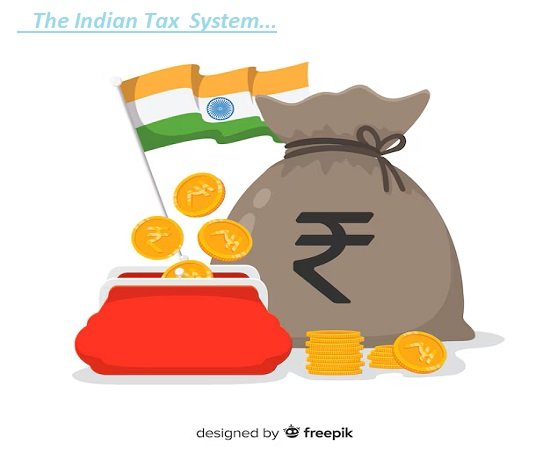
Intro:
In a nation where the tax code should be viewed as the foundation for social progress, India turns up in a network of tax complications that appear more expensive than beneficial. Many people find relevance in Ashneer Grover’s recent comments regarding the Indian Tax System, which compare the taxpayer’s role to that of a donor who receives little in return. Taxes are the lifeblood of public services, but when managed poorly, they can become an open-ended weapon that consumes the middle class’s finances and reduces into their pocketbook.
1. A History View: From Kings to the Present
Taxation has been around for as long as humanity. In the past, kings gathered taxes to pay for public works projects that benefited everyone. Time travel led to the Islamic time when spiritual taxes like “Jizya” (a fee that non-Muslims pay to Islamic governments in return for the security of their lives and property as well as the freedom to practice their faith a tax paid by non-Muslims to Islamic states in exchange for the right to practice their religion and protection of their lives and property) and organized land taxes like “Zabt” ( land revenue system)were implemented.
However, the tax system took a more cruel turn during the British administration. Originally, income tax was imposed to recover losses during the civil war of 1857 instead of overgrowth. This developed into a complex system of law with harsh punishments for infractions throughout time.
2. Post-Independence Reforms: A Difficult Path to Progress
Indian Tax System with many categories and extremely high rates after 1947, which encouraged extensive tax fraud. These taxes were once viewed as a necessary cost as the recently established country struggled with discrimination.
However, after 1990, the government simplified tax regulations due to the overpowering load, lowering the top rate to about 30%. In addition to promoting safety and increasing revenue collection, this action targeted to create a user-friendly environment.
3. GST: A Complicated Issue for the Average Person
A major change took place in 2017 when the Goods and Services Tax (GST) was implemented, incorporating several indirect taxes into a single one. GST simplified tax administration, but it also raised consumer expenses, especially for the middle class. Even with its advantages, the issue still stands: can public services provide value for the average citizen?
4. The Middle-Class Problem: Putting Up with the Burden of Taxes
The tax rates in India are increasing in income. However, the middle class is frequently among those that suffer the most importance of Taxation. Compared to the rich, who have greater options for lower tax rates, they pay an imbalance in taxes. In addition, the complex nature of tax filing and exclusions presents a further challenge for the common citizen of the Indian Tax System.

5. The wave effect: How the Middle Class is Broken by high Taxes
The middle class is negatively affected by high taxes, which reduce their purchasing power and slow down economic growth. Savings and investing become difficult tasks when financial flexibility declines. Additionally, even though GST is uniform, it still adds a substantial amount to the cost of regular purchases, making matters difficult financially as prices increase in the system.








































